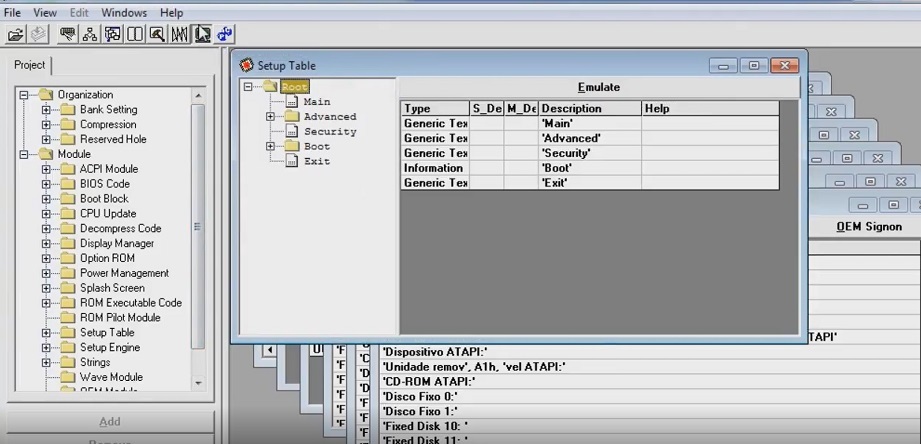The Phoenix BIOS Editor is an effective software solution designed for modifying Phoenix BIOS configurations. This application enables users to adjust critical BIOS parameters to personalize their computer’s functionality. The tool is particularly valuable for experienced system administrators, IT specialists, and hardware enthusiasts who require comprehensive control over firmware settings. With its combination of advanced capabilities and intuitive interface, this software serves as an ideal choice for professionals seeking to optimize their systems through BIOS customization.

Share this




